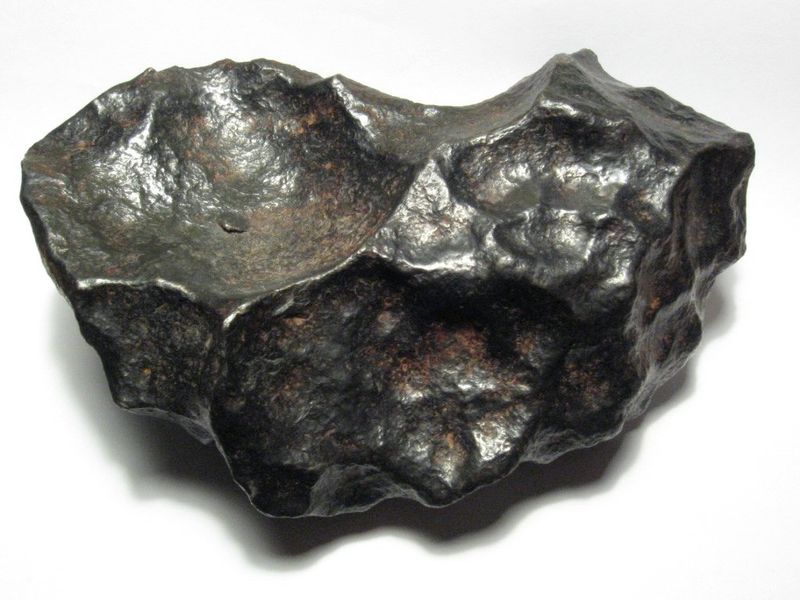How life began on earth is one of the biggest questions for science, one theory that has been around for 50-60 years is that space has given us a helping hand, some scientists such as Fred Hoyle going as far as to say that life got to earth from space.
 Both DNA and RNA which are the basis of the replication of living things are made up of organic molecules called nucleobases and proteins are made up of others called amino acids. When scientists have analysed some types of ancient meteorites called carbonaceous chondorites they have for many years found small quantities of both nucleobases and amino acids, but the problem is contamination. The earth is full of nucleobases and amino acids, and the meteorites have hit the ground, so it could be contamination, but Zita Martins from Imperial College has now prooved they have an extra terrestial origin. He has looked at the kinds of carbon in the meteorite. On earth most carbon is the light form carbon-12, and the slightly heavier carbon-13 only makes up about 1% of the carbon you will find, but when Zita looked at the carbon in the nucleobases from a meteorite that fell in 1969 near Murchison in Australia it was 44% carbon-13 ruling out a terrestrial origin.
Both DNA and RNA which are the basis of the replication of living things are made up of organic molecules called nucleobases and proteins are made up of others called amino acids. When scientists have analysed some types of ancient meteorites called carbonaceous chondorites they have for many years found small quantities of both nucleobases and amino acids, but the problem is contamination. The earth is full of nucleobases and amino acids, and the meteorites have hit the ground, so it could be contamination, but Zita Martins from Imperial College has now prooved they have an extra terrestial origin. He has looked at the kinds of carbon in the meteorite. On earth most carbon is the light form carbon-12, and the slightly heavier carbon-13 only makes up about 1% of the carbon you will find, but when Zita looked at the carbon in the nucleobases from a meteorite that fell in 1969 near Murchison in Australia it was 44% carbon-13 ruling out a terrestrial origin.
Whilst this doesn't indicate that life came from space, it does show that when the earth was yong and it was bombarded by huge numbers of meteorites the first living things could have been made from chemicals from space.










Comments
Add a comment